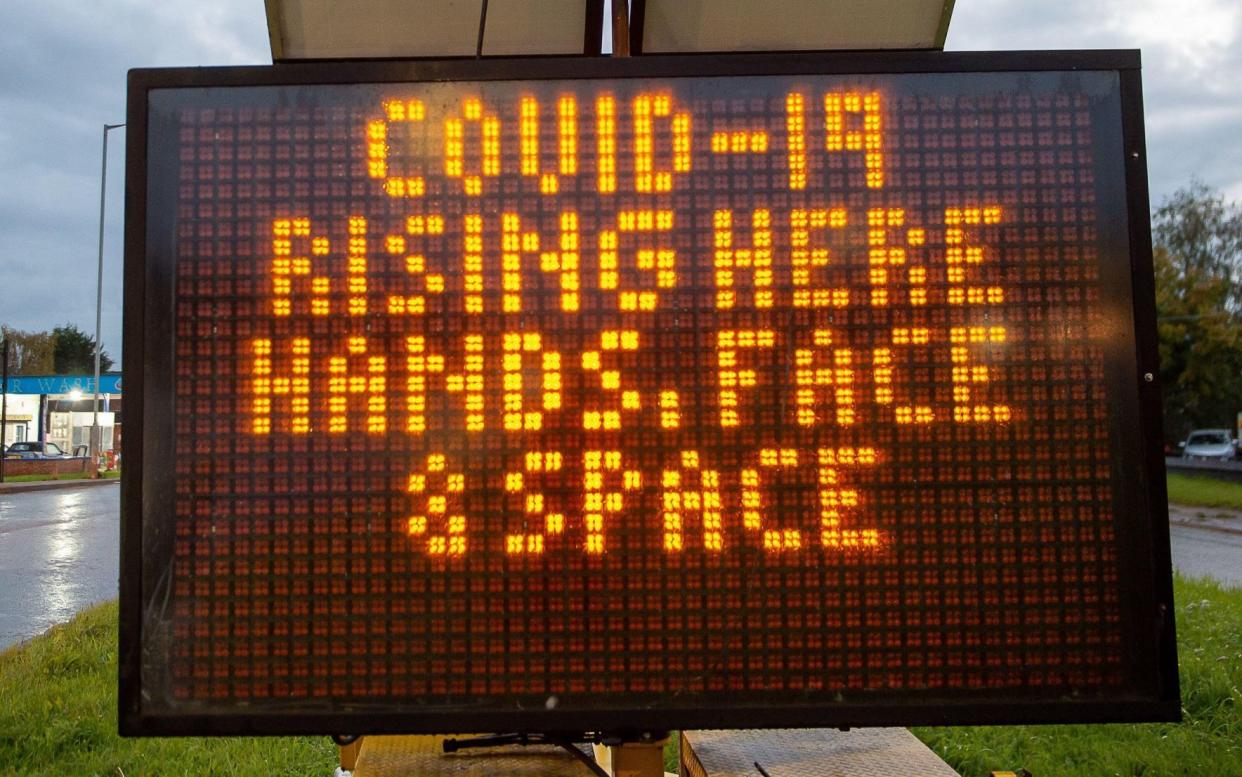Covid cases are not spiralling out of control, says King's College


Covid-19 rates are not surging, researchers at King's College have said after results from its symptom tracker app showed a far less deadly virus trajectory than Imperial College findings.
Earlier in the week, Imperial released interim data from its React-1 study which showed there are now nearly 100,000 new coronavirus cases a day in England, with nearly one million people infected. The Imperial team said rates were doubling every nine days and it was a critical time for lowering the 'R' rate.
However, King's College – which has been monitoring the symptoms and test results of millions of people through its app – said it was not seeing such alarming numbers. The app found 43,569 daily new symptomatic cases on average, and calculated that doubling was happening every 28 days.
Tim Spector, professor of genetic epidemiology at King's College, said: "While cases are still rising across the UK, we want to reassure people that cases have not spiralled out of control, as has been recently reported from other surveys. We are still seeing a steady rise nationally, doubling every four weeks – with the possible exception of Scotland, which may be showing signs of a slowdown.
"With a million people reporting weekly, we have the largest national survey and our estimates are in line with the Office for National Statistics (ONS) survey. We can't rely simply on confirmed cases or daily deaths without putting them into context. Hospital admissions are rising as expected, but deaths are still average for the season."
New figures released by the ONS also put the number of daily infections far lower than Imperial's figures.
The ONS estimates that 568,100 people are currently infected, with 51,900 new cases each day – equating to around one in 100 people, up from 1 in 130 people in the previous week.
Although the ONS figures show the virus is accelerating, increasing by just under 50 per cent in a week, the doubling time is still between 12 and 14 days, far less than Imperial's rate.
The latest nowcasting data from Cambridge University's MRC Biostatistics Unit estimates there are 55,600 new daily infections, while Scientific Advisory Group for Emergencies (Sage) believes the figures are between 50,000 and 63,000.
There is also widespread disagreement on the current 'R' rate, with Imperial suggesting it is around 1.6 for England but King's saying it is closer to 1.1. Sage also believes the 'R' rate is between 1.1 and 1.3. The figures, produced by the Scientific Pandemic Influenza Group on Modelling (SPI-M) group, are lower than last week when they stood at between 1.2 and 1.4.
A source close to the Government science team said the lower rates could mean that some of the new restrictions were having an impact. However, they said the virus was still growing at an alarming rate.
"The numbers are still headed in the wrong direction," the source said. "It still means everything is growing. It probably implies some of the measures are having an effect, but this is far from a shrinking epidemic."
Commenting on the disparities between the groups, Professor James Naismith, of the University of Oxford, said it was difficult to determine which group's figures were the most accurate.
"We can't simply average or say one is right," he said. "They are all well planned and carried out by experts. They all measure slightly different things and therefore have uncertainty.
"What is concerning is the numbers and trajectories reported by these three surveys differ significantly from the average of 18,000 detected by track and trace system. The data also help understand why track and tracing has not worked.
"Using the ONS data, we would estimate 330,000 new cases week ending 21 October. This means, assuming the contact number per person are right, which is a big assumption, one million people need to be contacted."

